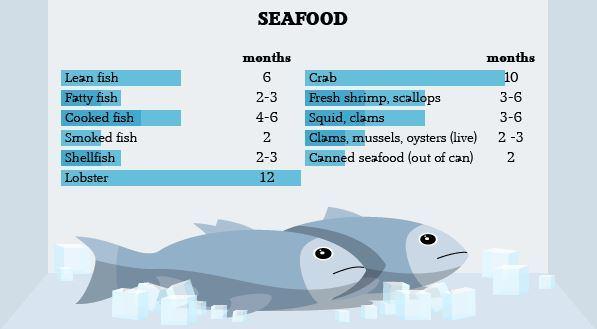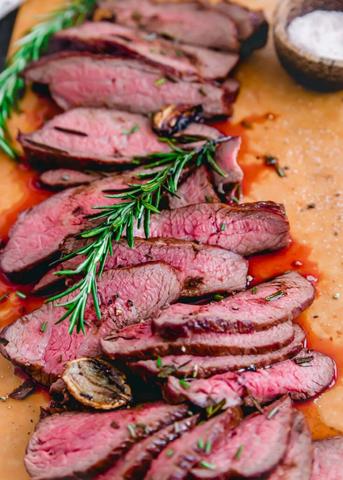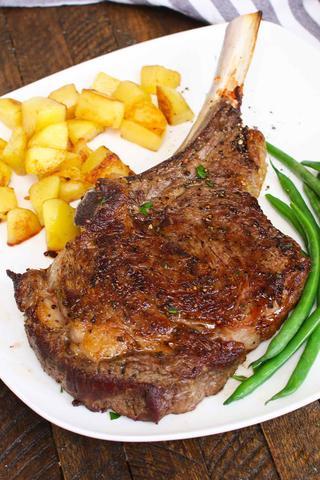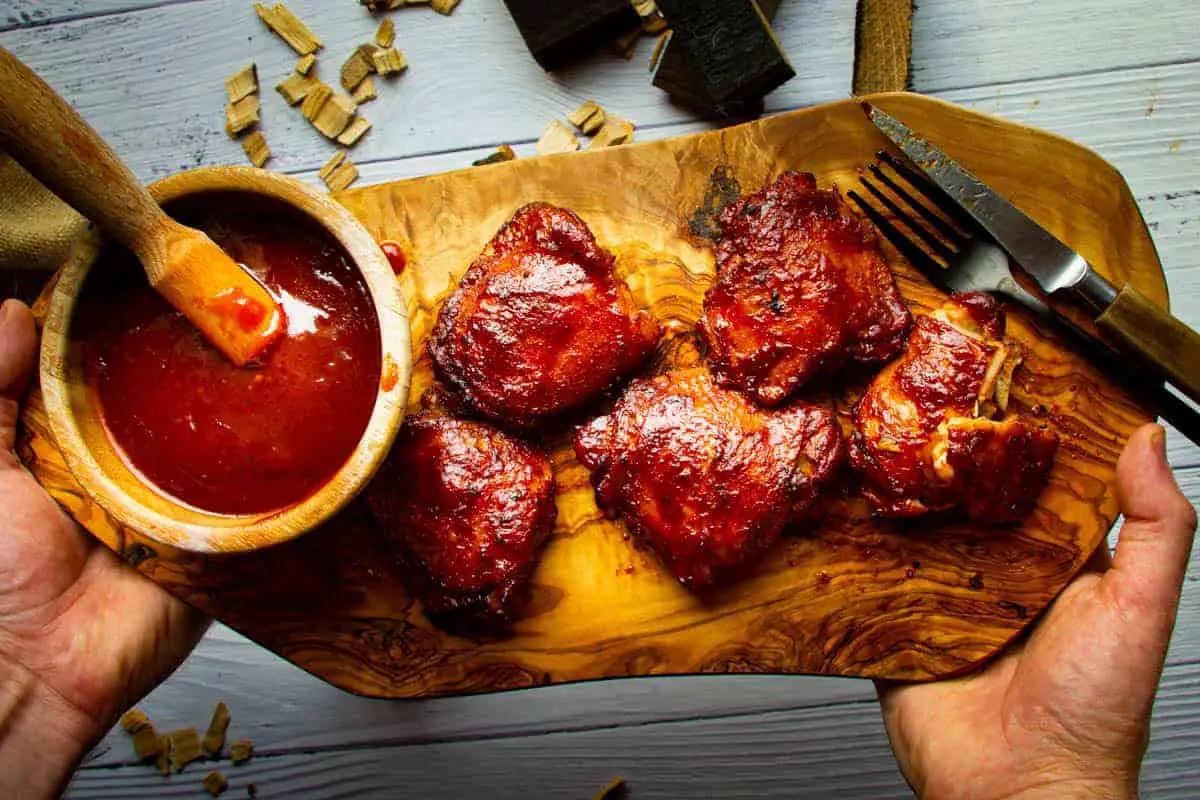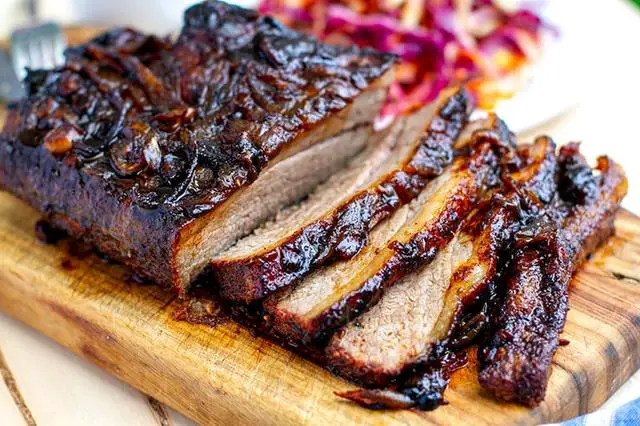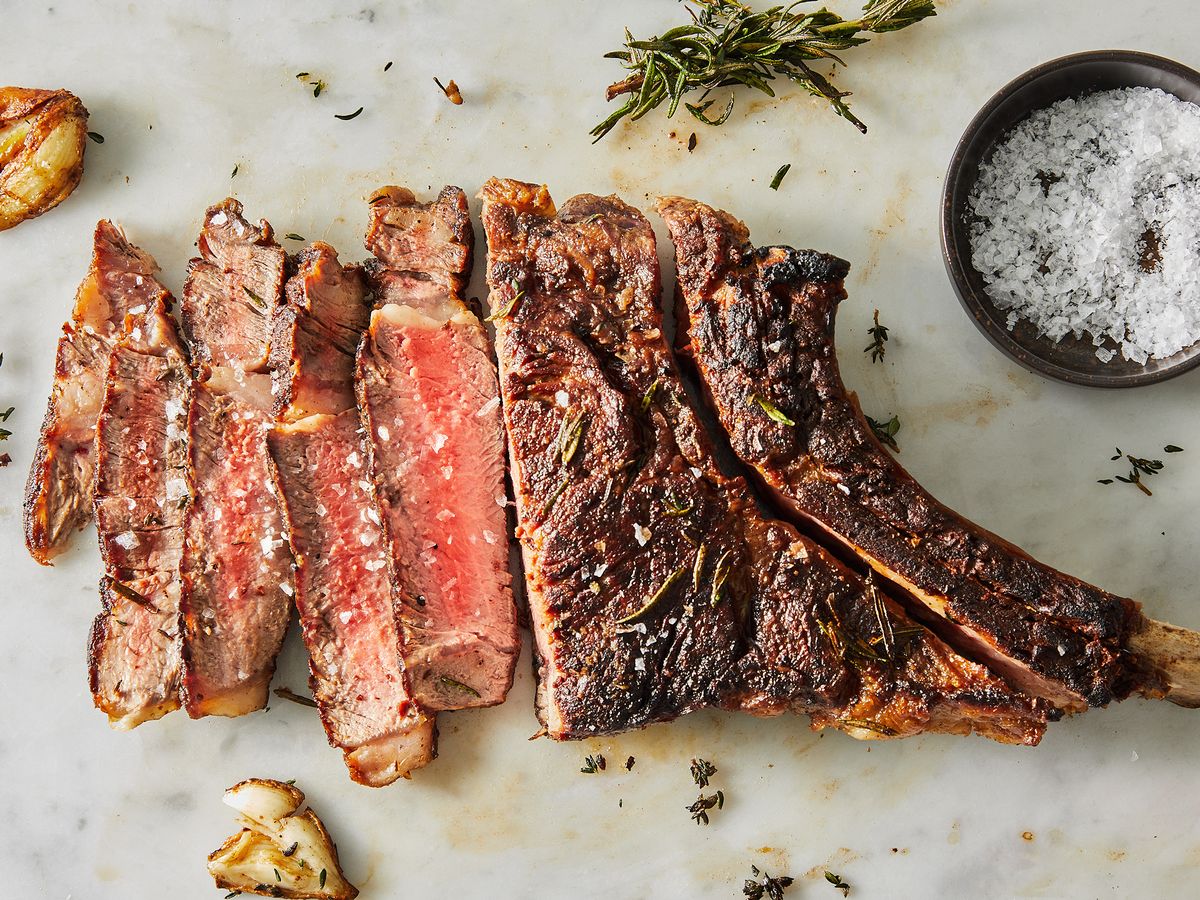
“Unraveling the Mystery of Ribeye Cuts: A Comprehensive Guide to Understanding the Different Parts of a Mouthwatering Steak!”
What is a Ribeye Steak? Cut Explained
Ribeye steaks are highly popular cuts of beef that are often considered a favorite among steak lovers. They have the perfect balance of fat and tenderness, making them a delicious option for any meat enthusiast. When it comes to defining a ribeye steak, it is important to note that the true rib “eye” steak refers to the center muscle, scientifically known as the longissimus dorsi muscle.
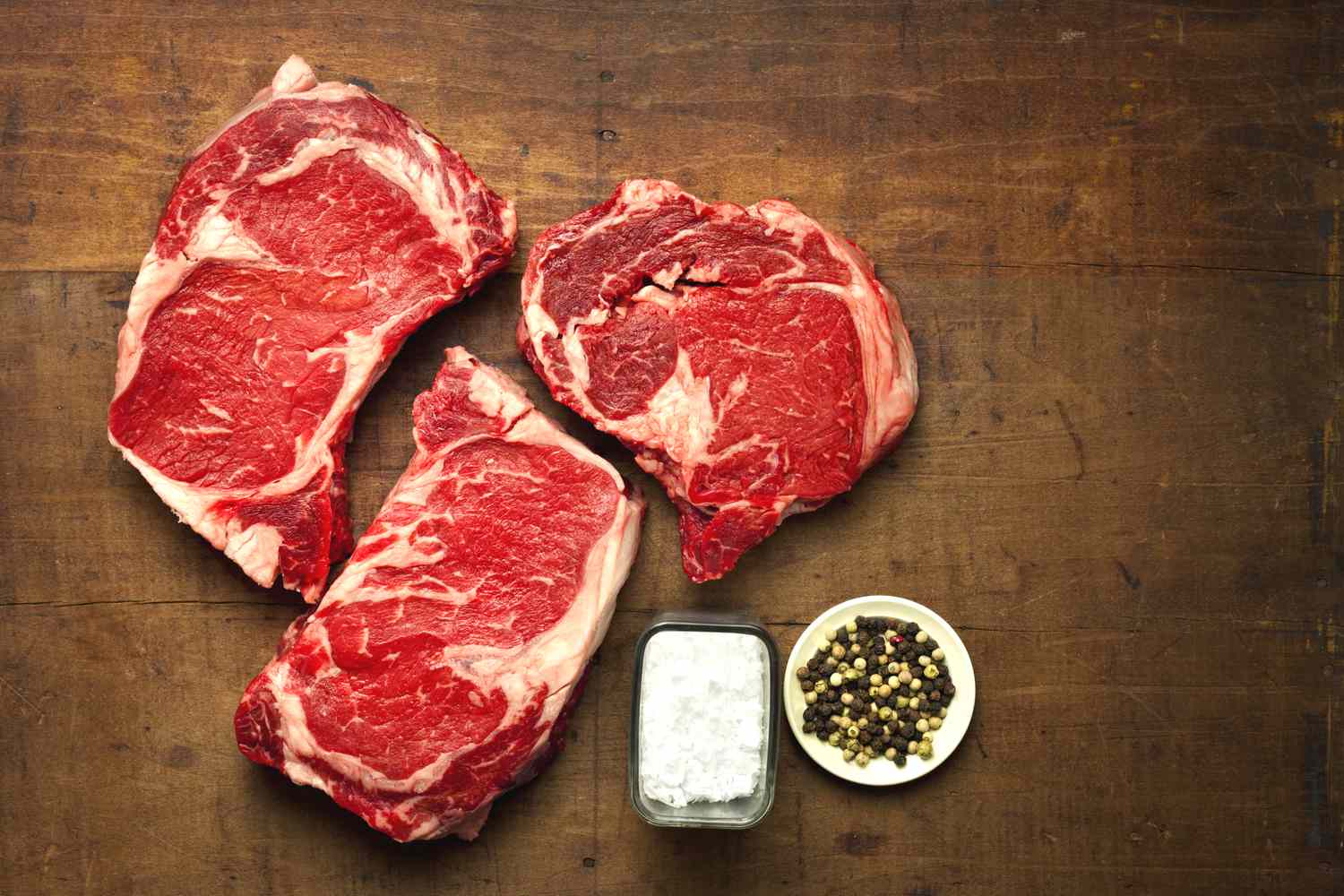
The term “ribeye” is now commonly used to collectively refer to all rib steaks taken from the rib primal. These steaks can vary in thickness, bone-in or boneless options, and include or exclude different muscles depending on where they are cut from. The rib primal is located at the forequarter of the steer, behind the chuck and in front of the loin. It is separated from the chuck primal at the 5th/6th rib and from the loin primal at the 12th/13th rib.
Ribeye steaks consist of several muscles, including the longissimus dorsi (the main muscle), spinalis dorsi, complexus, and longissimus costarum muscles. Each ribeye steak also has a cap muscle which can vary in size depending on where it was cut from. The taste of these muscles can differ slightly, with some individuals considering the spinalis dorsi as one of the best-tasting muscles on a cow.
Cooking a ribeye steak can be done in various ways, such as searing on the grill, reverse searing, sous vide cooking, or pan searing. Each method has its own advantages and disadvantages but ultimately results in a flavorful and tender steak when cooked properly.
What is a Rib “Eye” Steak?
A true rib “eye” steak, scientifically known as the longissimus dorsi muscle, only features the center muscle of the ribeye steak. It is also sometimes referred to as a “ribeye filet.” However, the term “ribeye” is commonly used to collectively refer to all rib steaks taken from the rib primal.
The main muscles that make up a ribeye steak are the longissimus dorsi (the center or eye muscle), spinalis dorsi, complexus, and longissimus costarum. The marbling in the ribeye muscle determines its beef grade, such as Prime, Choice, or Select. The cap muscle surrounding the ribeye can vary in size depending on where the steak was cut from. The complexus muscle may not be present in some ribeye steaks.
Ribeye steaks are sourced from ribs 6-12 of the beef rib primal. Different cuts can be made from these ribs, including ribeye filets and ribeye cap rolls. The lip or nose of the ribeye is often removed due to its high fat content. Thicker steaks are preferred for better crust and intermuscular fat rendering during cooking.
There are several ways to cook a ribeye steak, including searing on the grill, reverse searing, sous vide cooking, and pan searing. Each method has its own advantages and disadvantages.
The ribeye steak is a highly prized cut of beef due to its tenderness and flavor. It is considered by many as their favorite cut of steak. The USDA uses the ribeye muscle to assess the quality of beef for the entire animal.
Where are Ribeye Steaks on a Cow?
Ribeye steaks are sourced from the beef rib primal, which is located at the forequarter of the steer. The rib primal is found behind the chuck and in front of the loin. Specifically, the rib primal is separated from the chuck primal at the 5th/6th rib and from the loin primal at the 12th/13th rib. This means that ribeye steaks are essentially made up of meat from ribs 6 to 12.
The muscles that make up a ribeye steak include the longissimus dorsi (the main muscle or “eye” of the cut), as well as surrounding muscles such as spinalis dorsi, complexus, and longissimus costarum. The presence and size of these muscles can vary depending on where the steak was cut from. Rib steaks closer to ribs 6, 7, and 8 tend to have larger caps, while those closer to ribs 9, 10, 11, and 12 have bigger eyes.
The lip or nose of the ribeye steak is sometimes removed, although it is considered great meat by some consumers. When buying a bone-in ribeye steak like Cowboy or Tomahawk steaks, there’s a good chance that it is still attached to the bone. Some people consider this part to have more flavor due to its proximity to the bone and higher fat content.

Ribeye Steak Anatomy
The ribeye steak is made up of several muscles, each with its own characteristics and flavors. The main muscle that makes up the ribeye steak is the longissimus dorsi, which is the meatiest part of the cut. The marbling in this muscle determines the beef grade, such as Prime, Choice, or Select.
Surrounding the ribeye muscle are other muscles like the spinalis dorsi, complexus, and longissimus costarum. These muscles contribute to the overall flavor and tenderness of the steak. The cap muscle, located around the ribeye muscle, can vary in size depending on where the steak was cut from.
The lip or nose of the ribeye is another part of the steak that some people enjoy. It is usually removed by butchers due to its high fat content. However, those who prefer a more flavorful cut may appreciate this part as it is closer to the bone and has more fat surrounding it.
1. Longissimus Dorsior the Eye of the Ribeye
The center muscle of the ribeye steak is known as the longissimus dorsi or the “eye” of the ribeye. It is scientifically referred to as the main muscle in the rib sub-primal and is considered to be the meatiest part of the entire cut. The marbling in this muscle plays a significant role in determining beef grades such as Prime, Choice, and Select.
Surrounding the ribeye muscle are other muscles like the spinalis dorsi, complexus, and longissimus costarum. These muscles contribute to the overall composition of a ribeye steak. The presence and size of these muscles can vary depending on where the steak was cut from within the rib primal.
Every ribeye steak will have some form of cap, which can be minimized or maximized depending on its location within the rib primal. The cap muscle can offer a unique flavor profile similar to that of the spinalis dorsi muscle. Additionally, there is also a section called the “lip” or “nose” of the ribeye, which contains more fat surrounding it and is usually removed during trimming.
There are several popular cooking methods for ribeye steak, including searing on the grill, reverse searing, sous vide cooking followed by searing, and pan-searing or pan-roasting techniques. Each method has its advantages and disadvantages but ultimately aims to achieve a deliciously cooked ribeye steak.
Overall, understanding the different muscles that make up a ribeye steak can enhance your appreciation for this popular cut of beef and help you explore various cooking techniques to enjoy it to the fullest.
2. Spinalis Dorsior the Cap of the Ribeye
The spinalis dorsi, also known as the cap of the ribeye, is one of the main muscles that make up a ribeye steak. This muscle is highly prized for its tenderness and rich marbling. It surrounds the center eye muscle and is located on the outer edge of the steak. The cap muscle can vary in size depending on where the rib steak was cut from – rib steaks 6, 7, and 8 tend to have larger caps compared to ribs 9, 10, 11, and 12 which have bigger eyes.
Many people consider the spinalis dorsi to be the best part of the entire cow due to its incredible flavor and texture. However, it is unfortunate that you only get a small portion of it in a typical ribeye steak. In some cases, butchers may remove or trim this muscle to strike a balance between lean meat and exterior fat. Nevertheless, if you buy a bone-in ribeye steak like Cowboy or Tomahawk steaks, there’s a good chance that the cap will still be attached to the bone.
The cap of the ribeye has more fat surrounding it compared to other parts of the steak, which contributes to its flavor. Some people believe that this part has more flavor because it is closest to the bone. However, due to its higher fat content and limited rendering ability, it is often trimmed by butchers before selling it to consumers. Nonetheless, many individuals who are avid fans of ribeye steaks consider the cap as their favorite part due to its intense flavor profile.
3. Complexus
The complexus muscle is one of the main muscles that make up a ribeye steak. It is located around the ribeye muscle and can vary in size depending on where the steak is cut from. In some cases, the complexus muscle may not even be present on the steak, especially if it is taken from the front of the steer. The size of the complexus muscle can affect the overall taste and texture of the ribeye steak.
4. Longissimus Costarumor the Lip/Nose of the Ribeye
The longissimus costarum, also known as the lip/nose of the ribeye, is one of several muscles that make up a ribeye steak. It is located surrounding the main ribeye muscle, which is scientifically known as the longissimus dorsi. The longissimus costarum adds flavor and texture to the steak, as it contains marbling and fat. However, this muscle is often removed from the ribeye steak during butchering.
When left intact, the longissimus costarum can be found attached to the bone in bone-in ribeye steaks such as Cowboy or Tomahawk steaks. Some individuals consider this part of the steak to be their favorite due to its proximity to the bone and its higher fat content. However, from a butcher’s perspective, it needs to be trimmed carefully to strike a balance between lean meat and exterior hard fat.
Cooking methods for ribeye steaks can vary, but they typically involve searing on the grill, reverse searing, sous videing, or pan searing. The choice of cooking method depends on personal preference and desired doneness. Regardless of how it’s cooked, the ribeye steak remains a popular choice due to its tenderness and rich flavor.
How is Ribeye Cooked?
Ribeye steaks can be cooked in a variety of ways to suit different preferences. Here are some common methods used to cook ribeye:
1. Searing on the grill: This involves searing the steak over high heat on a grill and then moving it to a cooler zone to continue cooking gradually.
2. Reverse searing: The steak is first cooked in a low-temperature environment, such as an oven, until it reaches the desired internal temperature. It is then finished by searing it on high heat to develop a crust.
3. Sous videing: This method involves slow-cooking the steak in a water bath using a sous vide machine. The steak is then seared for a short time to create a flavorful crust.
4. Pan searing: The steak is cooked in a hot cast iron skillet or flat-top cooking surface with high heat and basted with oil and butter for added flavor.
5. Pan-roasting: The steak is first roasted in an oven and then finished by searing it in a pan near the desired finishing temperature.
The choice of cooking method depends on personal preference and desired outcome, whether it’s achieving a perfectly charred crust or maintaining maximum tenderness.
How is Ribeye Steak Sliced?
Ribeye steak is typically sliced against the grain to ensure tenderness. The first cuts are made to separate the various muscles within the ribeye, following the fat nodules as a guide. Thicker steaks are preferred for better crust development and intermuscular fat rendering. Once the muscles are separated, they are sliced across their grain directions.
The slicing method can vary depending on personal preference and cooking style. Some popular methods include searing on the grill, reverse searing, sous vide cooking, and pan searing. Each method offers its own advantages and allows for different levels of control over the steak’s doneness and flavor development.
Regardless of how it is sliced or cooked, ribeye steak is widely regarded as an excellent cut of meat and often considered a favorite among steak lovers.
Is the Ribeye a Good Steak?
The ribeye is an excellent steak and is often considered a favorite cut by many people. It is known for its rich flavor, tenderness, and marbling. The ribeye muscle, scientifically known as the longissimus dorsi, is the meatiest part of the rib sub-primal. Beef grades like “Prime, Choice, and Select” are assigned based on the marbling in the ribeye muscle.
The main muscles that make up the average ribeye steak are the longissimus dorsi (ribeye muscle), spinalis dorsi, complexus, and longissimus costarum muscles. The ribeye muscle is typically the center or “eye” of the cut and is surrounded by these other muscles. The cap of the ribeye can vary in size depending on where the steak was cut from.
There are various ways to cook a ribeye steak, including searing on the grill, reverse searing, sous videing, and pan searing. Each method has its own nuances and advantages. When cooking a ribeye steak, it is best to cut against the grain for optimal tenderness.
In conclusion, understanding the parts of a ribeye is essential for any steak lover. From the flavorful eye muscle to the rich marbling and tender cap, each section offers a unique taste and texture. Whether you prefer a bone-in or boneless cut, knowing these distinctions will help you make informed choices when buying or cooking ribeye steaks. So next time you indulge in this juicy cut, savor every bite and appreciate the intricate components that make it so delicious.
N/A
Learn More About Grilling
If you want to learn more about grilling, check out these other helpful resources!

